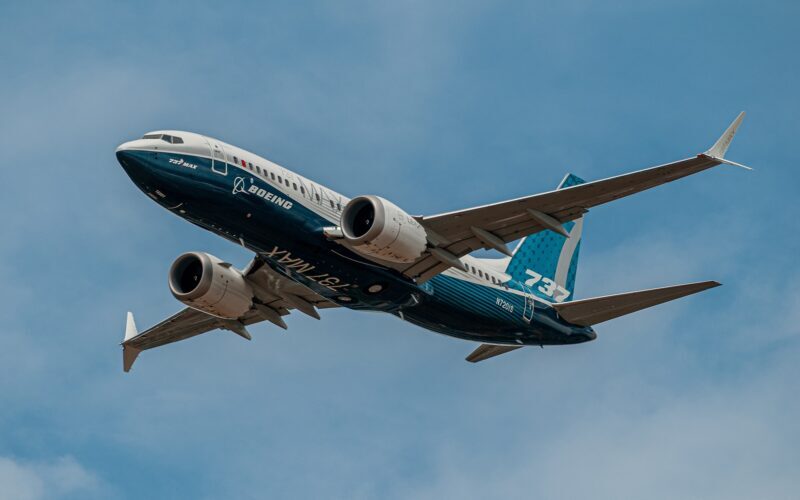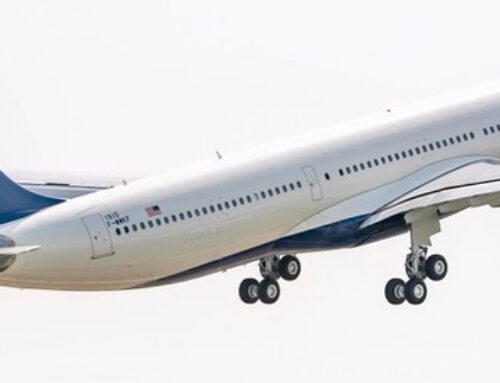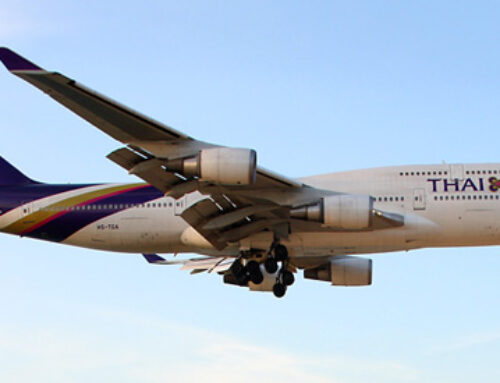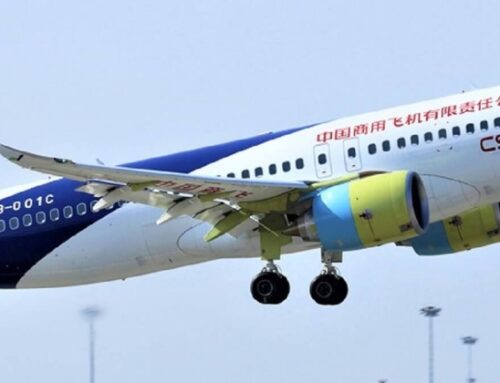
Boeing has offered updated insights into the near-term production rate outlooks for its 737 and 787 aircraft models, highlighting the critical factors influencing monthly output. According to Boeing, the availability of nearly flawless fuselages and an adequate supply of heat exchangers are the primary constraints determining the production rates of these aircraft.
The meticulous manufacturing of fuselages plays a crucial role in maintaining the production pace of Boeing’s 737 and 787 aircraft. Near-flawless fuselages are essential for ensuring the quality and structural integrity of the aircraft, and any issues or delays in their production can impact the overall manufacturing process.
Additionally, Boeing has identified the availability of heat exchangers as another key factor influencing the production rates of the 737 and 787 aircraft. Heat exchangers are critical components used in various systems within the aircraft, including the environmental control system and engine cooling systems. Ensuring a sufficient and timely supply of these components is essential for maintaining uninterrupted production.
The updated insights provided by Boeing offer valuable information for stakeholders and industry observers, shedding light on the factors driving the near-term production outlooks for its 737 and 787 aircraft models. By highlighting the importance of flawless fuselages and the availability of critical components like heat exchangers, Boeing underscores its commitment to maintaining high standards of quality and efficiency in its manufacturing operations.
As Boeing continues to navigate the challenges and opportunities in the aerospace industry, the company’s ability to manage production constraints and optimize output will be crucial for meeting customer demand and driving growth. By addressing key pacing items like fuselage quality and component supply, Boeing aims to sustain its position as a leading manufacturer of commercial aircraft.
The insights provided by Boeing offer valuable insights into the factors shaping the production rates of its 737 and 787 aircraft models in the near term. By closely monitoring and managing constraints related to fuselage quality and component availability, Boeing aims to ensure a steady and reliable supply of aircraft to meet customer demand and maintain its leadership position in the aerospace industry.
Sources: AirGuide Business airguide.info, bing.com, aviationweek.com







